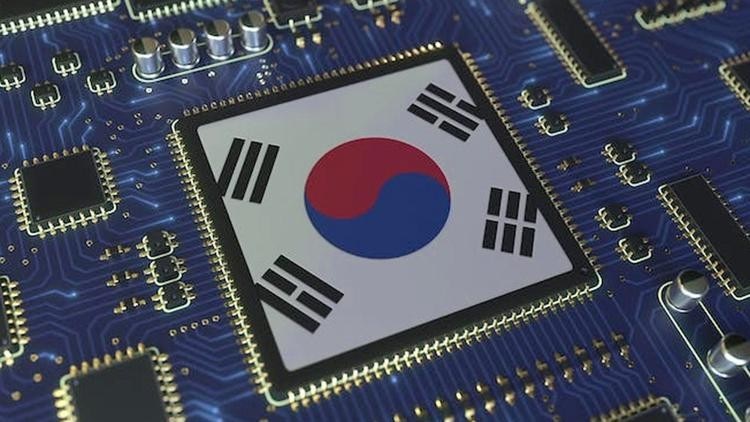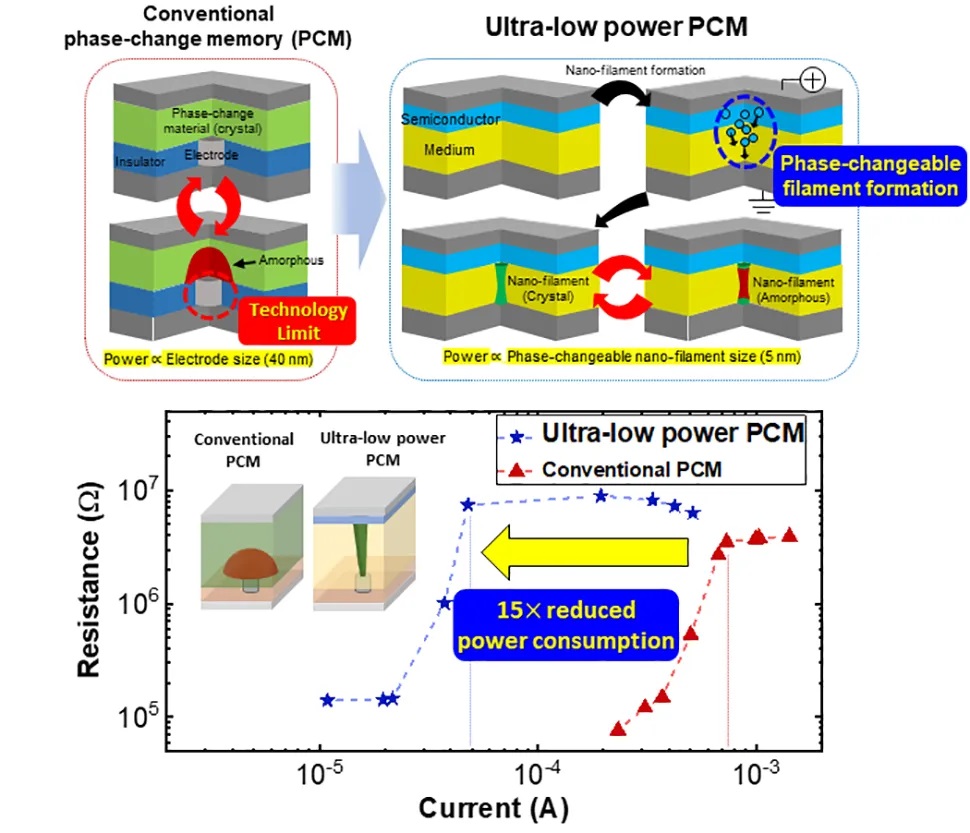Korean Scientists reveal revolutionary phase-change memory breakthrough
Scientists aims to replace both NAND and RAM with “holy grail” memory tech
Phase Change Memory (PCM) has long been the “holy grail” of memory technology. In theory, it has the potential to replace both RAM and NAND memory, having the non-volitile nature of NAND flash while delivering the speeds ad latency of RAM.
Now, Korean scientists at the Korea Advanced Institute of Science and Technology (KAIST) have revealed a major memory breakthrough. The team’s next-generation phase change memory is both cheaper to produce and much more power efficient than other prototypes. In fact, their new memory uses 15x less energy than conventional PCM.
KAIST’s new PCM memory resolves many of the traditional downsides of this sought after memory type by limiting the area where phase changes can occur. This also makes this new memory type a lot easier to manufacture. Furthermore, this change is also what enables the decreased power consumption of this new memory type. Below is what KAIST’s Professor Choi had to say about the new memory type.
The phase change memory device we have developed is significant as it offers a novel approach to solve the lingering problems in producing a memory device at a greatly improved manufacturing cost and energy efficiency,
(Image from KAIST)
This new memory type has the potential to become a new high density 3D vertical memory storage type. This memory could prove vital for AI systems, which require the bandwidth and low latencies of high speed DRAM solutions but would benefit greatly from the high storage capacity of more NAND-like memory.
You can join the discussion on KAIST’s phase change memory breakthrough on the OC3D Forums.





